- News
-
-
-
-
-
Latest News Articles
- ‘Supercomputing’ uncovers information about great gray owl May 1, 2024
- Shedding light on vanishing fireflies May 1, 2024
- JWM: Problem crocs in Darwin, Australia come from far and wide April 30, 2024
-
-
-
- Wildlife Professional Resources
-
- Our Network
-
- PUBLICATIONS
-
-
Recent Posts
-
 The Wildlife Professional November/December Issue
November 1, 2023
The Wildlife Professional November/December Issue
November 1, 2023
-
-
-
-
-
-
- Wildlife Events
-
-
-
Upcoming Webinars
- No Events
-
-
-
- Who We Are
-
Category: TWS Wildlife News
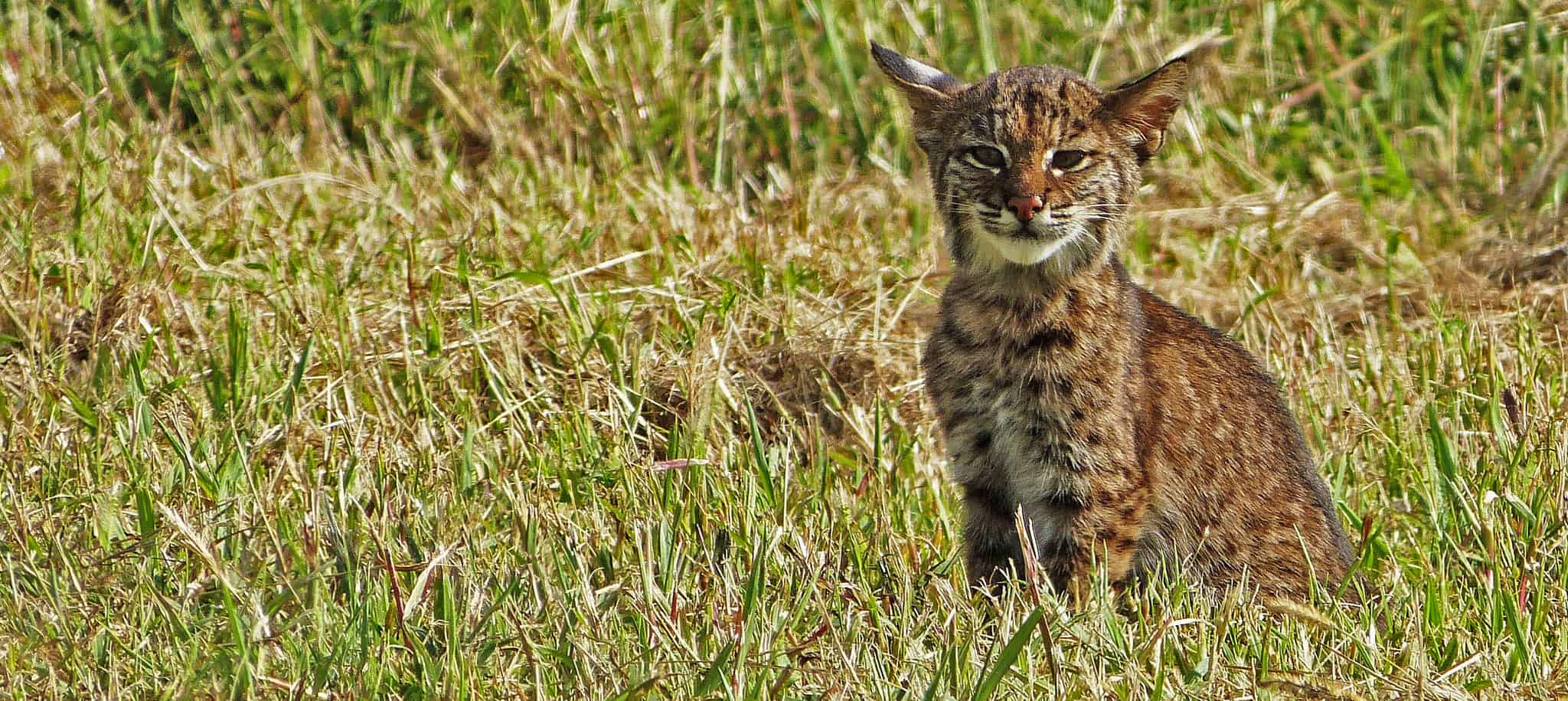
February 5, 2019
Is that a lynx? Or a bobcat?
For a project mapping the distribution of bobcats (Lynx rufus) and lynx (Lynx canadensis) in British Columbia, researcher TJ Gooliaff was using images — from trail cameras, camera phones and...
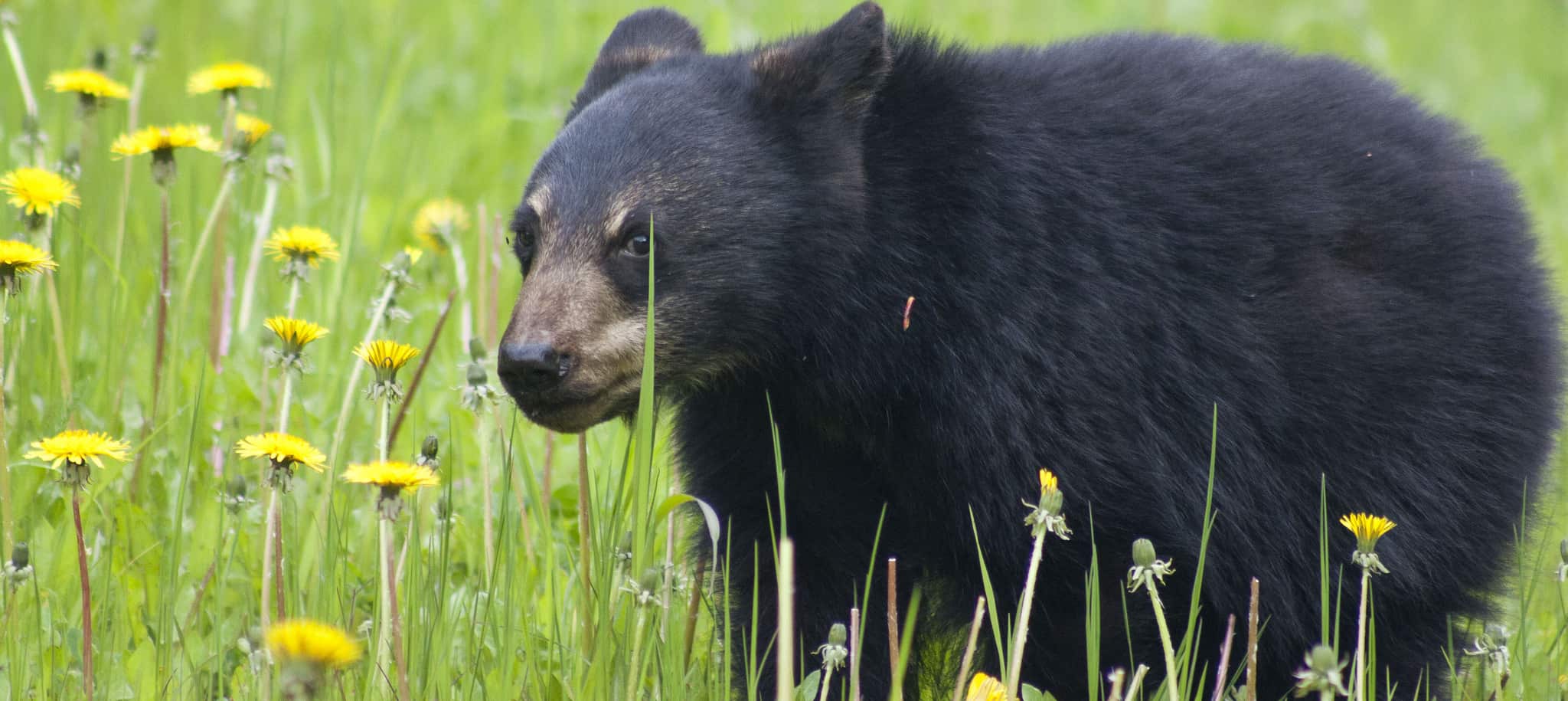
February 5, 2019
Student presentation: Implementing citizen science in research
Citizen science is growing in wildlife biology, providing an inexpensive, efficient way to collect large amounts of data. But how should researchers use it effectively? In a presentation titled, “Population...

February 4, 2019
Great gray owls unfazed by California megafire
After California’s Rim Fire burned through Yosemite National Park and Stanislaus National Forest in 2013, managers wondered what impact it had on wildlife in the region. The 104,000-hectare fire was...
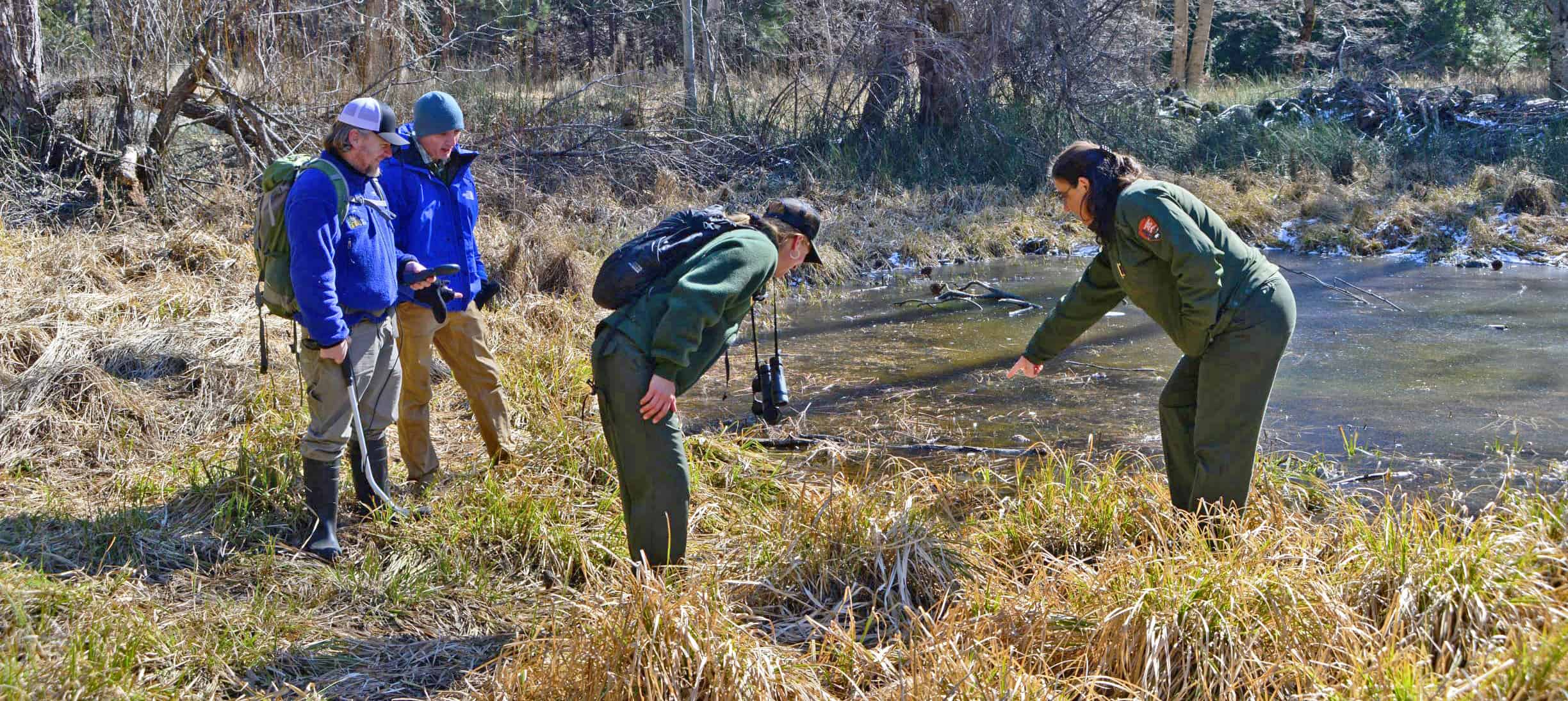
February 1, 2019
Site Visit Insights: Returning native frogs to Yosemite
Site visits are critical to helping scientists learn more about species and their habitats. The trips often take them into areas most people do not have a chance to explore,...
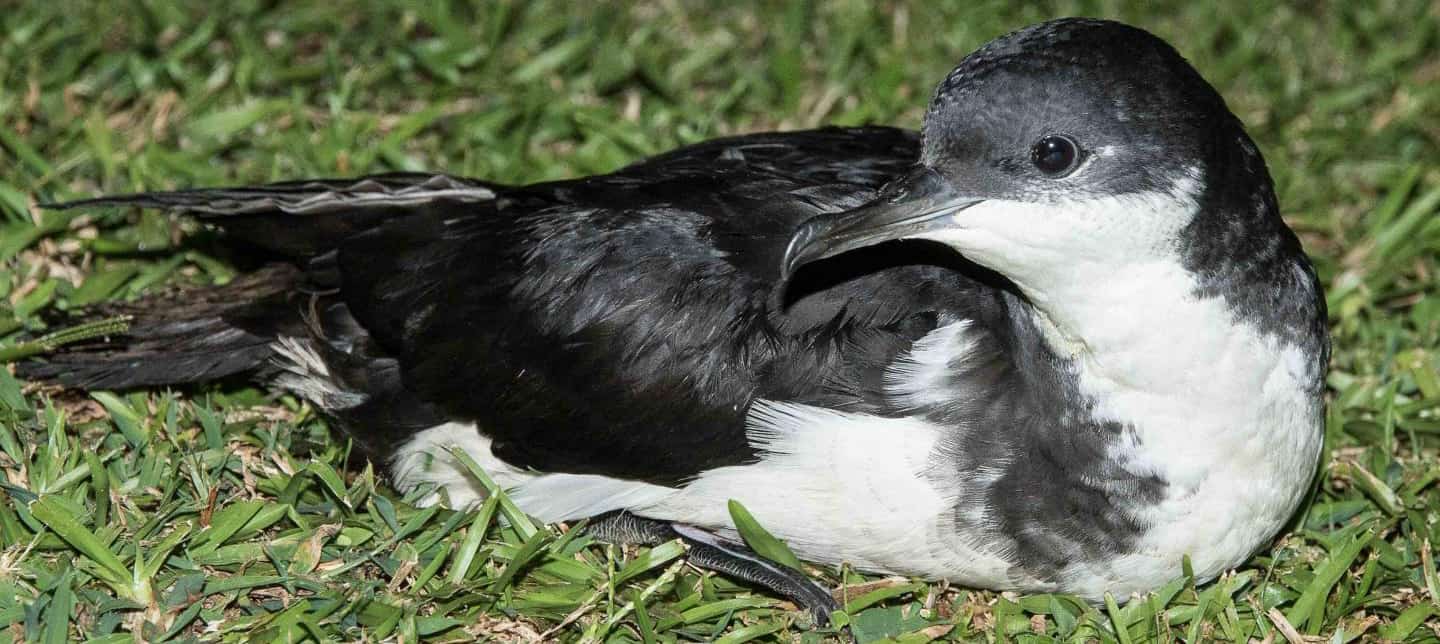
January 31, 2019
Unseen for 300 years, endangered seabirds heard on Oahu
It has been over 300 years since Newell’s shearwater (Puffinus newelli) and Hawaiian petrel (Pterodroma sandwichensis) colonies were detected on the Hawaiian island of Oahu. Neither have been found since European...
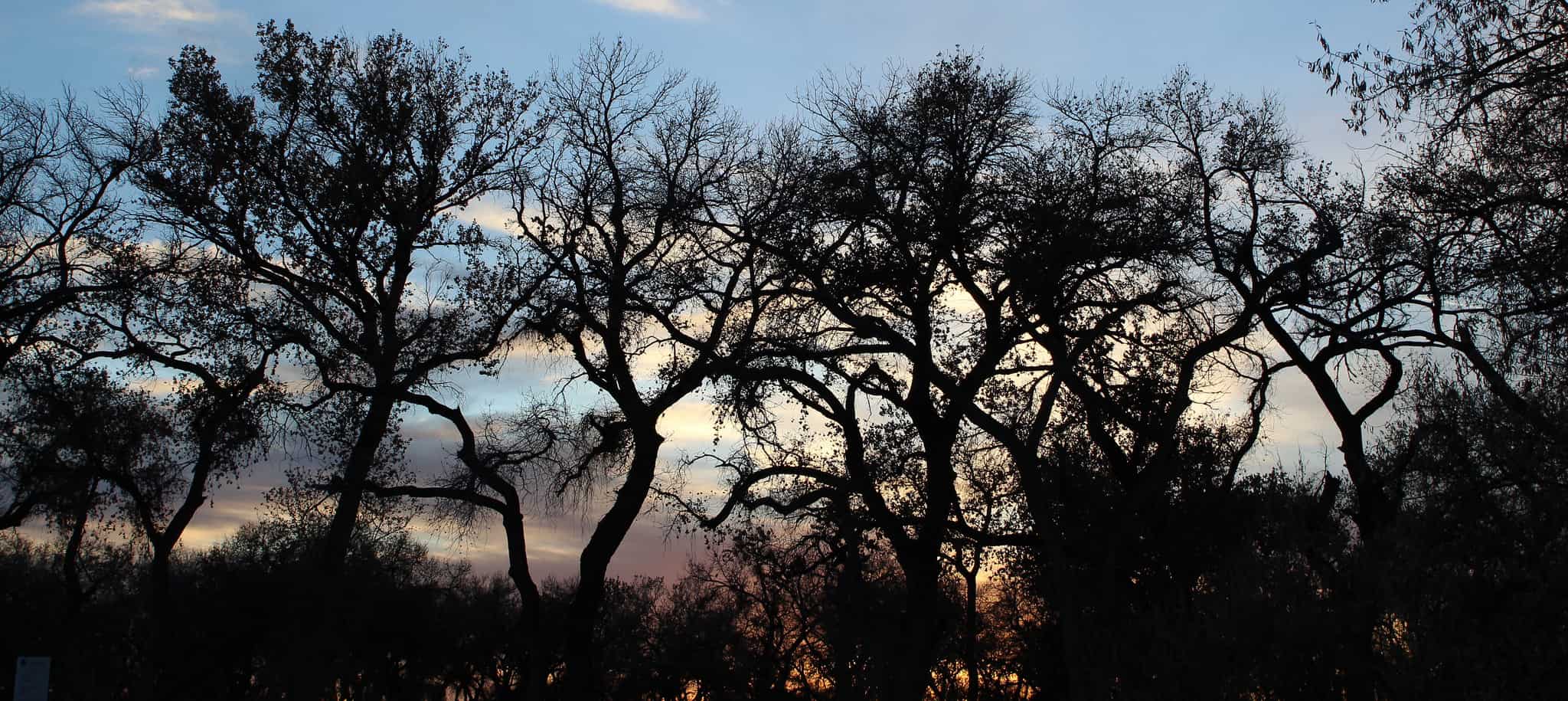
January 30, 2019
Fellows and Group Achievement nominations due this Friday
The deadline to submit nominations for 2019 TWS Fellows and Group Achievement Awards is this Friday, Feb. 1, by 11:59 p.m. EST. Nominate a respected colleague you believe will continue...

January 30, 2019
What doesn’t work for crops may work for endangered lizards
As drought, climate change and increases in soil salinity are causing farmland to become retired in California, the idled lands could provide landscapes for the endangered blunt-nosed leopard lizard (Gambelia...
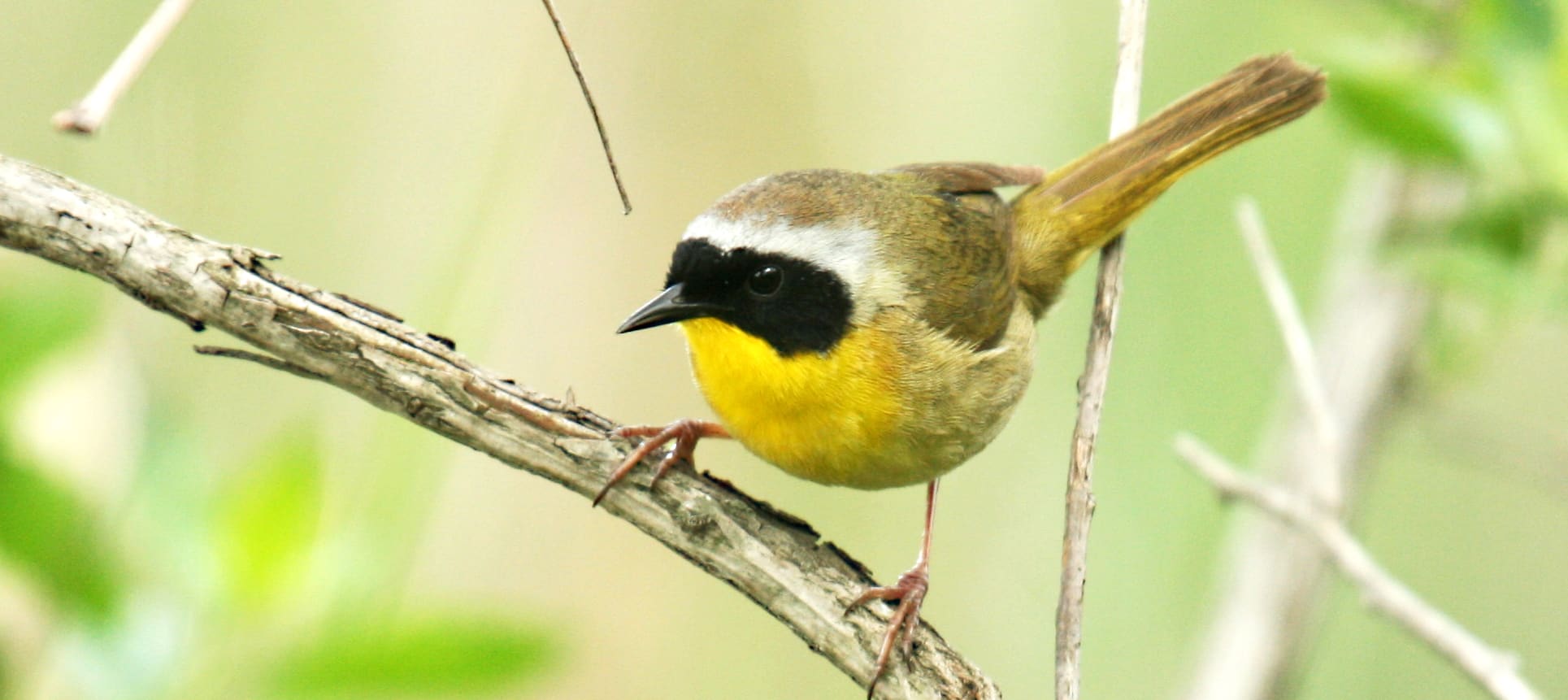
January 30, 2019
In a protected forest, why did the birds disappear?
The William L. Hutcheson Memorial Forest is a rare piece of land in New Jersey. Set aside by Dutch settlers in 1701, it is an uncut tract of old growth...
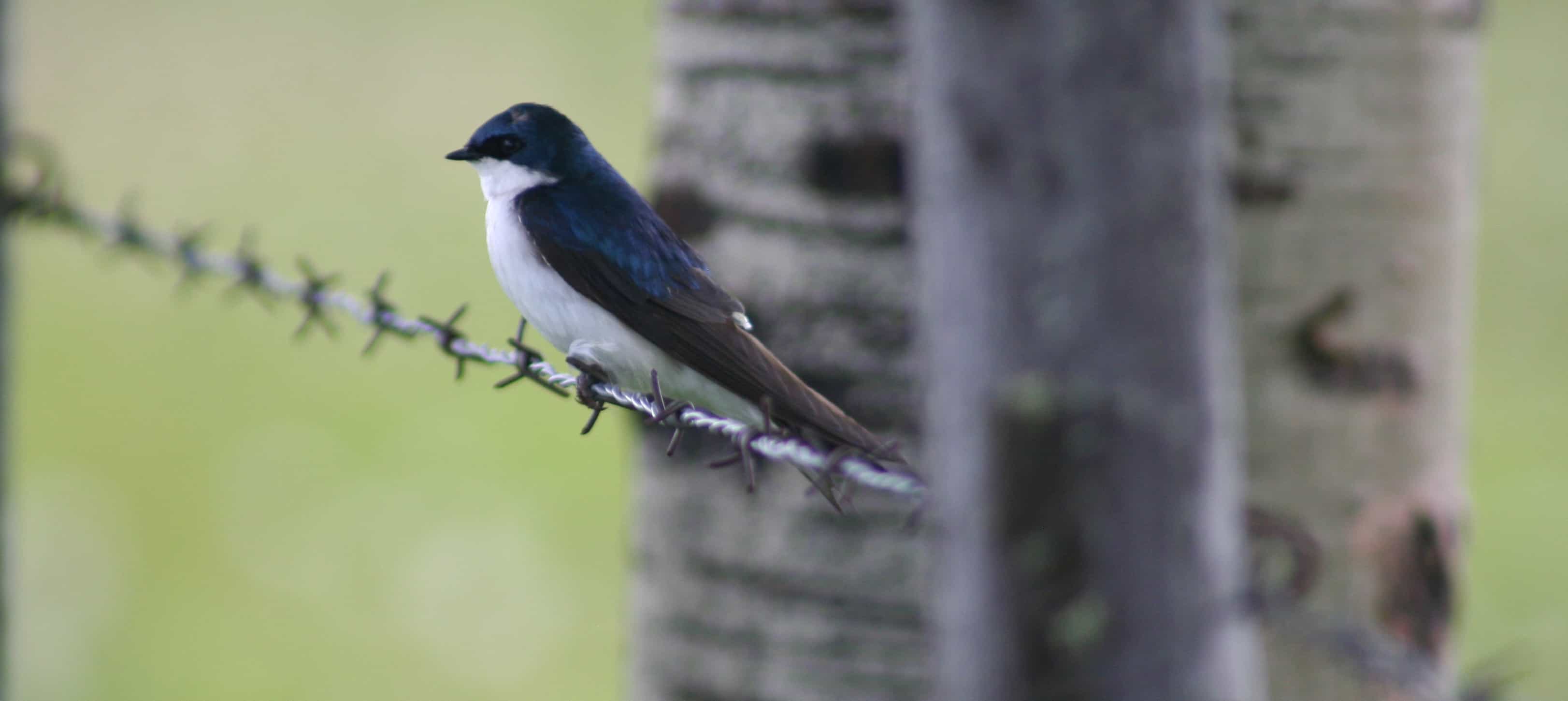
January 29, 2019
The late bird gets later
A few years ago, University of Guelph researcher Elizabeth Gow’s work wouldn’t have been possible. But improvements in technology allowed biologists to fit tiny tree swallows (Tachycineta bicolor)with even tinier...

January 29, 2019
Working to Improve Forest Health
More people are having a greater influence on natural resource issues than ever before, which is good. People want to do what is best yet are not necessarily familiar with...

